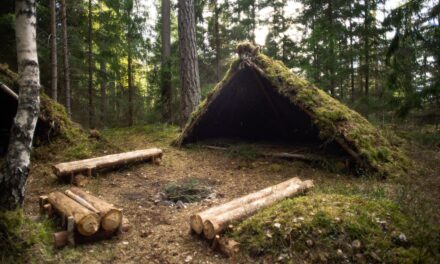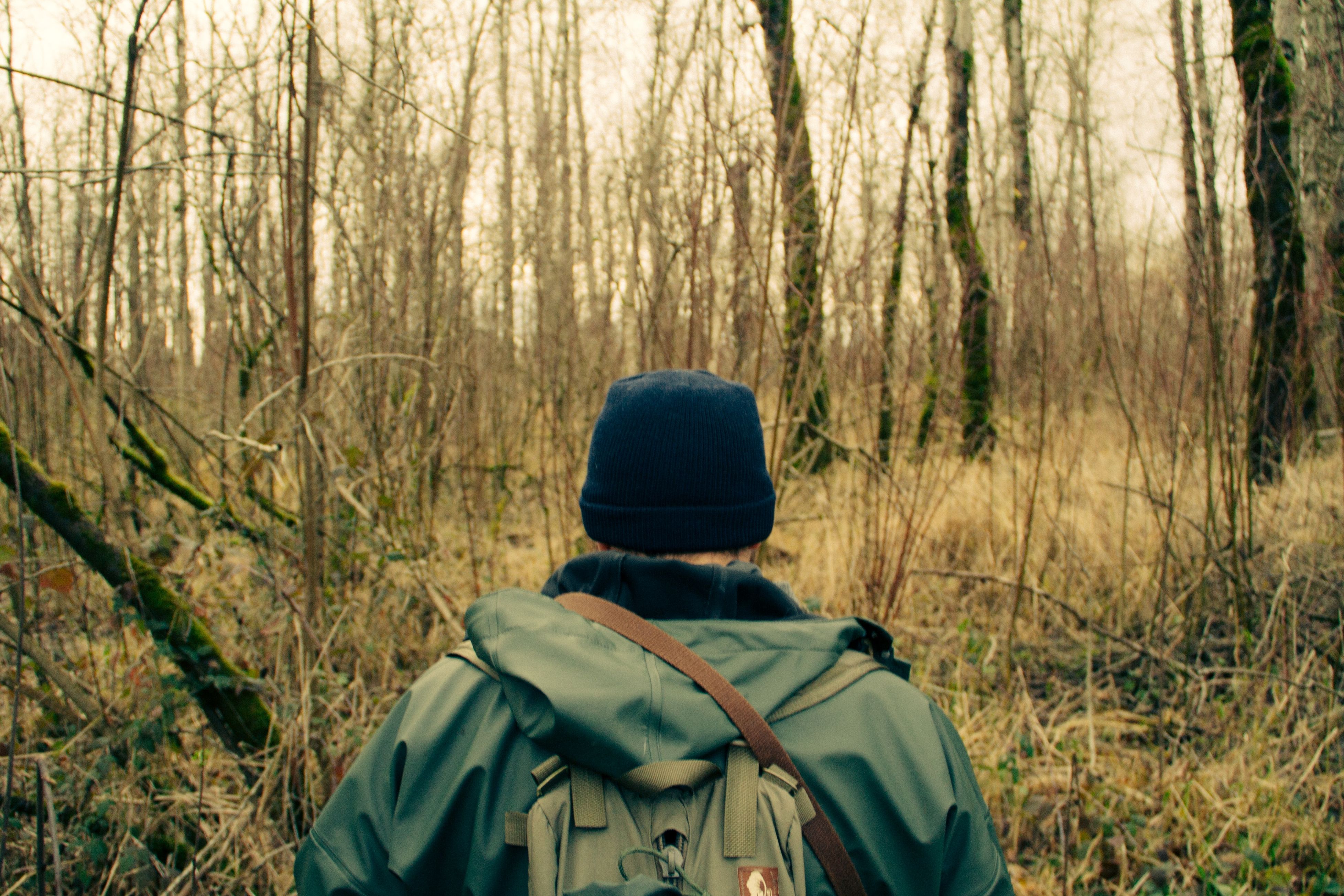The great outdoors is an arena of adventure, beauty, and unpredictability. Whether you’re a hiker, camper, hunter, or outdoor enthusiast, understanding the essentials of outdoor survival gear is crucial. In a world where nature’s elements can be as unpredictable as they are beautiful, being prepared is not just a matter of convenience; it’s a necessity for safety and survival.
Outdoor survival gear encompasses a range of tools and equipment designed to assist in various survival situations. These situations could range from getting lost in the wilderness, facing extreme weather conditions, to unexpected injuries or emergencies. The right gear can mean the difference between a minor setback and a life-threatening situation.
But what exactly constitutes essential outdoor survival gear? How do you prioritize what to carry on your next outdoor adventure? This article dives deep into the world of outdoor survival gear, highlighting the critical items that should be in every outdoor enthusiast’s pack. From the basics of shelter and warmth to navigation and first aid, we’ll cover all the essentials, providing valuable insights and expert recommendations.
Join us as we explore the must-have items for any outdoor adventure, ensuring that you’re prepared to face the wilderness with confidence and safety. Whether you’re planning a casual hike, a camping trip, or preparing for a survival situation, this guide will equip you with the knowledge and tools needed to tackle the challenges of the great outdoors.
Prepare to delve into the world of outdoor survival gear, where safety meets adventure. Let’s get ready to embark on a journey of preparedness and empowerment, ensuring that your next outdoor experience is not just enjoyable but also safe.
Note: While this guide is comprehensive, it’s important to tailor your survival gear to your specific needs, environment, and skill level. The aim is not just to carry gear but to carry the right gear for your adventure.
Understanding the Basics: The Core Elements
When it comes to outdoor survival gear, there are core elements that form the foundation of any well-prepared adventurer’s pack. These include:
- Shelter: The primary purpose of shelter is to protect you from the elements – be it rain, wind, snow, or sun. Options range from lightweight tents to emergency bivvy sacks. The key is to choose a shelter that is appropriate for the climate and environment you’ll be in.
- Water: Hydration is critical for survival. Carry a durable water bottle and consider a portable water filter or purification tablets. In environments where water sources are scarce, knowing how to locate and purify water becomes a vital skill.
- Food: Energy is essential for survival. Pack high-energy, long-lasting food such as energy bars, nuts, or freeze-dried meals. Remember, the goal is to maximize calories while minimizing weight and space.
- Clothing: Dress appropriately for your environment, and always prepare for unexpected changes in weather. Layering is key, with a focus on moisture-wicking materials for inner layers and waterproof, windproof options for outer layers.
- Fire: The ability to start a fire is crucial for warmth, cooking, and signaling for help. Waterproof matches, lighters, and ferro rods are popular choices. It’s also wise to carry tinder or fire starters, especially in wet conditions.
- First Aid Kit: A well-stocked first aid kit can be a lifesaver in emergencies. Include basics like bandages, antiseptic wipes, and pain relievers, along with any personal medications. Knowledge of basic first aid is equally important.
- Tools: A multi-tool or knife is a must-have, serving various purposes from preparing food to making repairs. Other useful tools might include a sturdy rope, duct tape, and a compact shovel.
- Navigation: Never underestimate the importance of knowing your way. GPS devices are valuable, but always carry a traditional map and compass as backups. Understanding how to read these tools is vital.
Advanced Considerations
Beyond the basics, there are additional items that can enhance your survival chances and comfort:
- Signal Devices: In emergencies, being able to signal for help is crucial. Whistles, mirrors, and flares can be lifesavers.
- Sleeping Gear: Quality sleep is important for maintaining energy and alertness. A lightweight sleeping bag and pad can provide much-needed rest and warmth.
- Lighting: Headlamps or flashlights are essential, especially in situations where you need to navigate or signal in the dark. Always carry extra batteries or a solar charger.
- Protection Against Wildlife: Depending on your location, consider carrying bear spray or learning techniques to avoid wildlife conflicts.
- Solar Chargers and Power Banks: Keeping your electronic devices charged can be crucial, especially in emergency situations.
It’s important to remember that the best gear in the world is only as good as your ability to use it. Regular practice and familiarization with your equipment are as crucial as the gear itself. Additionally, always let someone know your plans and expected return, providing an extra layer of safety.
Up next, we’ll summarize the key takeaways from this comprehensive look at outdoor survival gear and offer final thoughts to ensure your preparedness for any adventure.
Key Points to Remember
Preparing for survival in the outdoors requires careful planning and the right gear. Here’s a summary of the essential points:
- Foundation is Key: The core elements of survival gear are shelter, water, food, clothing, fire, first aid, tools, and navigation. These form the foundation of your survival strategy.
- Adapt to Your Environment: Choose gear based on the specific conditions and challenges of your intended environment. What works in a desert may not be suitable for a mountain expedition.
- Quality Matters: Invest in high-quality gear that you can rely on in critical situations. This doesn’t mean the most expensive, but rather gear that has been tested and proven reliable.
- Knowledge and Skills: The best gear is useless without the knowledge and skills to use it effectively. Regularly practice using your gear in safe, controlled environments.
- Safety First: Always inform someone about your trip plans and expected return. Carrying a means of communication or a beacon can be a lifesaver in emergencies.
- Continual Learning: Survival is an ongoing learning process. Stay informed about the latest gear, techniques, and survival strategies.
Final Thoughts
While the right gear is essential, remember that survival is as much about mental preparedness and adaptability as it is about physical equipment. Developing a survival mindset, where you stay calm, think clearly, and use the resources at your disposal, is just as important as the contents of your backpack.
Whether you’re an experienced outdoor enthusiast or a beginner, the journey to becoming more prepared and self-reliant is a rewarding one. By understanding your needs, choosing the right gear, and honing your skills, you can enjoy the wilderness with confidence and peace of mind.
Survival is not about fearing the unknown; it’s about being prepared to face it. With the right equipment list and a steady mind, you can turn challenges into adventures, ensuring you not only survive but thrive in the great outdoors.
Thank you for reading this comprehensive guide on outdoor survival gear. We hope it empowers you to prepare effectively for your next adventure. Stay safe and explore wisely!








